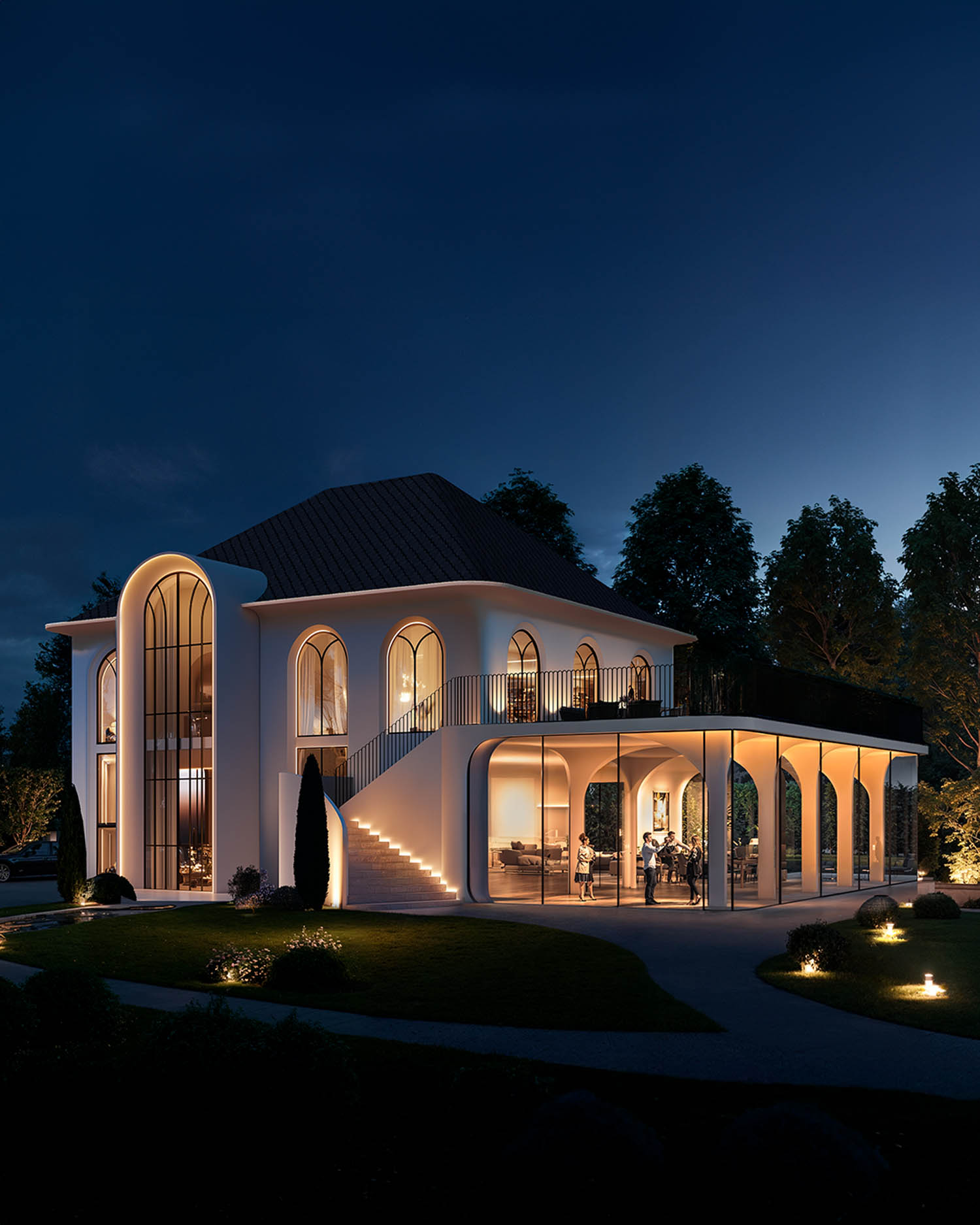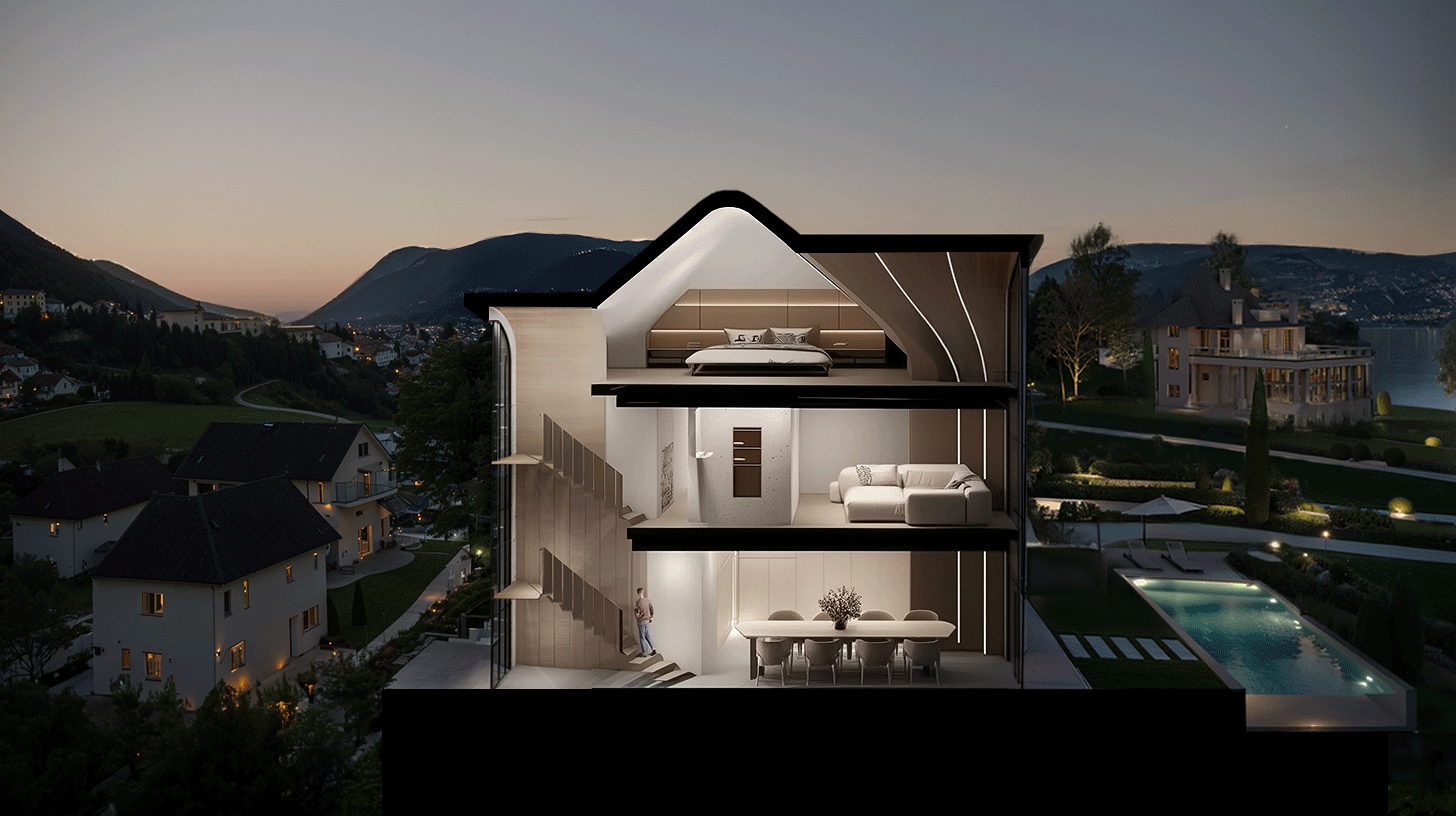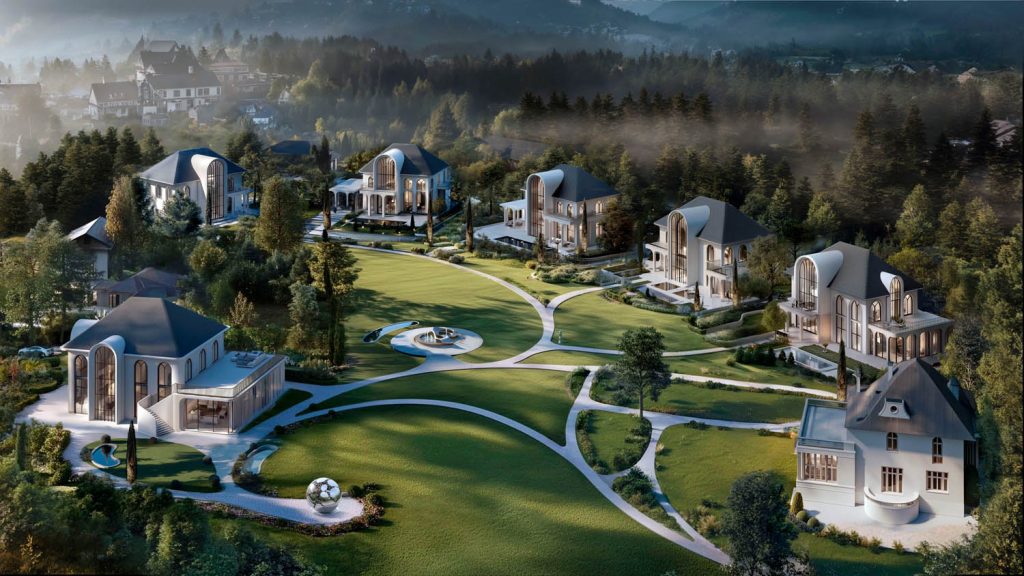The pioneering London practice is reimagining architectural workflows through AI, blending human creativity with machine intelligence to accelerate and elevate design, writes Greg Corke
It’s rare to see an architectural practice align itself so openly with a specific technology. But Studio Tim Fu is breaking that mould. Built from the ground up as an AI-first practice, the London-based studio is unapologetically committed to exploring how generative AI can reshape architecture—from the earliest concepts to fully constructable designs.
“We want to explore in depth how we can use the technology of generative AI, of neural networks, deep learning, and large language models as well, in an effort to facilitate an accelerated way of designing and building, but also thinking,” explains founder Tim Fu.
Find this article plus many more in the March / April 2025 Edition of AEC Magazine
👉 Subscribe FREE here 👈
Studio Tim Fu’s current methodology uses AI early in the design process to boost creativity, accelerate visualisation, and improve client communication — all while maintaining technical feasibility.
The technological journey began during Fu’s time at Zaha Hadid Architects, where he explored the potential of computational design to rationalise complex geometries. “We were thinking about the complexity of design and how we can bring that to fruition through computational processes and technologies,” he recalls.
This early exploration laid the groundwork to the Studio’s current AI-driven approach, which involves a sophisticated iterative process that blends human intention with machine learning capabilities. Initial AI-generated concepts are refined through human guidance, then reinterpreted by diffusion AI technology. This creates a dynamic feedback loop for rapid conceptualisation, where hundreds of design expressions can be explored in a single day.
Fu’s technical approach employs a complex system of AI tools, from common text-to-image generators such as Midjourney, Dall-E and Stable Diffusion to custom-trained models. Using these tools at the start of a project presents a ‘gradient of possibilities’, says Fu, both using AI’s creative agency and incorporating human intentions. The team uses text prompts to spark fresh ideas, producing ‘mood boards’ of synthetic visuals, as well as hand sketches to guide the AI.
“We use a mesh of back and forth with different design tools,” he explains. Ideas are generated and refined before they are translated into 3D geometry using modelling tools like Rhino.
Once we figure out the architectural design and planning that solves real life situation and constraints and context, we bring those back into the AI visualising models, to visualise and continue to iterate over our existing 3D models
“Once we figure out the architectural design and planning that solves real life situation and constraints and context, we bring those back into the AI visualising models, to visualise and continue to iterate over our existing 3D models,” he says. This enables the design team to see, for example, different possible expressions of window details and geometries. It’s a continuous loop—a creative dialogue between human intention and machine imagination.
Fu believes the results speak for themselves: in just one week, his team can deliver high-quality, client-ready concepts that far exceed what’s possible using conventional methods within the same time frame.


This level of efficiency brings new economic opportunities. Studio Tim Fu can charge clients less than traditional architects while boosting its earnings, all within conventional pricing structures. “We can lower the price because we can, and we can up the value, so it’s a win for the client and it’s good for us,” he says.
AI meets heritage
The Studio’s work on the Lake Bled Estate masterplan in Slovenia, its first fully AI-driven architectural project, serves as a landmark demonstration of these technical capabilities.
Spanning an expansive 22,000 square metre site, the project comprises six ultra-luxury villas set alongside the historic Vila Epos, a protected cultural monument of the highest national significance.
To produce a design that respects its historical context while creating an elevated luxury space, Studio Tim Fu synthesises heritage data with AI.
The Studio captured the local architectural vernacular by analysing material characteristics and extracting geometric parameters to comply with strict heritage regulations, including roof layout, height, and slope.
“This is the first time we are showing AI in its most contextually reflective way,” says Fu, “Something that is contrary to all the AI experiments that have come out since the dawn of diffusion AI processes.
“We want to showcase that this whole diffusion process can be completely controlled under our belt and be used for specifically addressing those issues [of respecting historical context].”
Delivering the details
Studio Tim Fu currently applies AI primarily at the concept-to-detail design stage. However, Fu believes we’re at a pivotal moment where AI is poised to take on more technical aspects of architectural design—particularly in areas like BIM modelling and dataset management.
“Because these are technical requirements, technical needs, and technical goals, it’s something that can be quantified,” he explains. “If it’s maximising certain functionality, while minimising the use of material and budget, these are numerical data that can be optimised. We’re just beginning that process of developing artificial general intelligence.”
But where does this leave humans? While Fu acknowledges that we must humbly recognise our limitations, he believes that human specialists—architects, designers, and fabricators—will remain essential, each working with AI within their own domain. At the same time, he sees enormous potential for AI to unify these fields.
“What AI can do is bring all of the human processes into a cohesive, streamlined decision making, to design to production process, because that’s what AI is good at. It’s good at cohesing large data sets, it’s good at addressing macro scale and micro scale values in the same time.”
Main image: Lake Bled Estate masterplan in Slovenia. Credit: Studio Tim Fu








